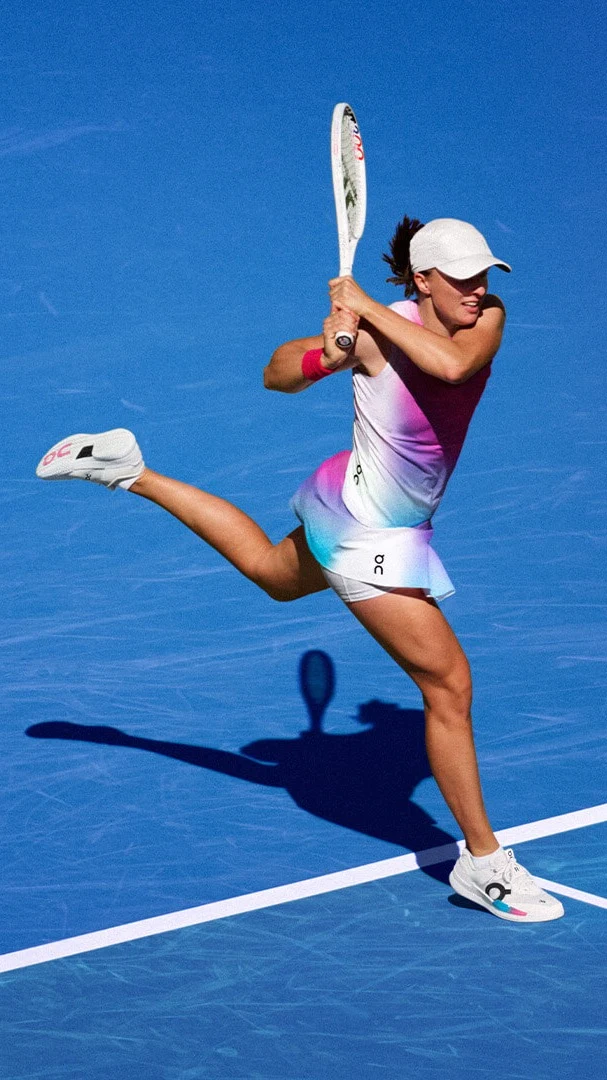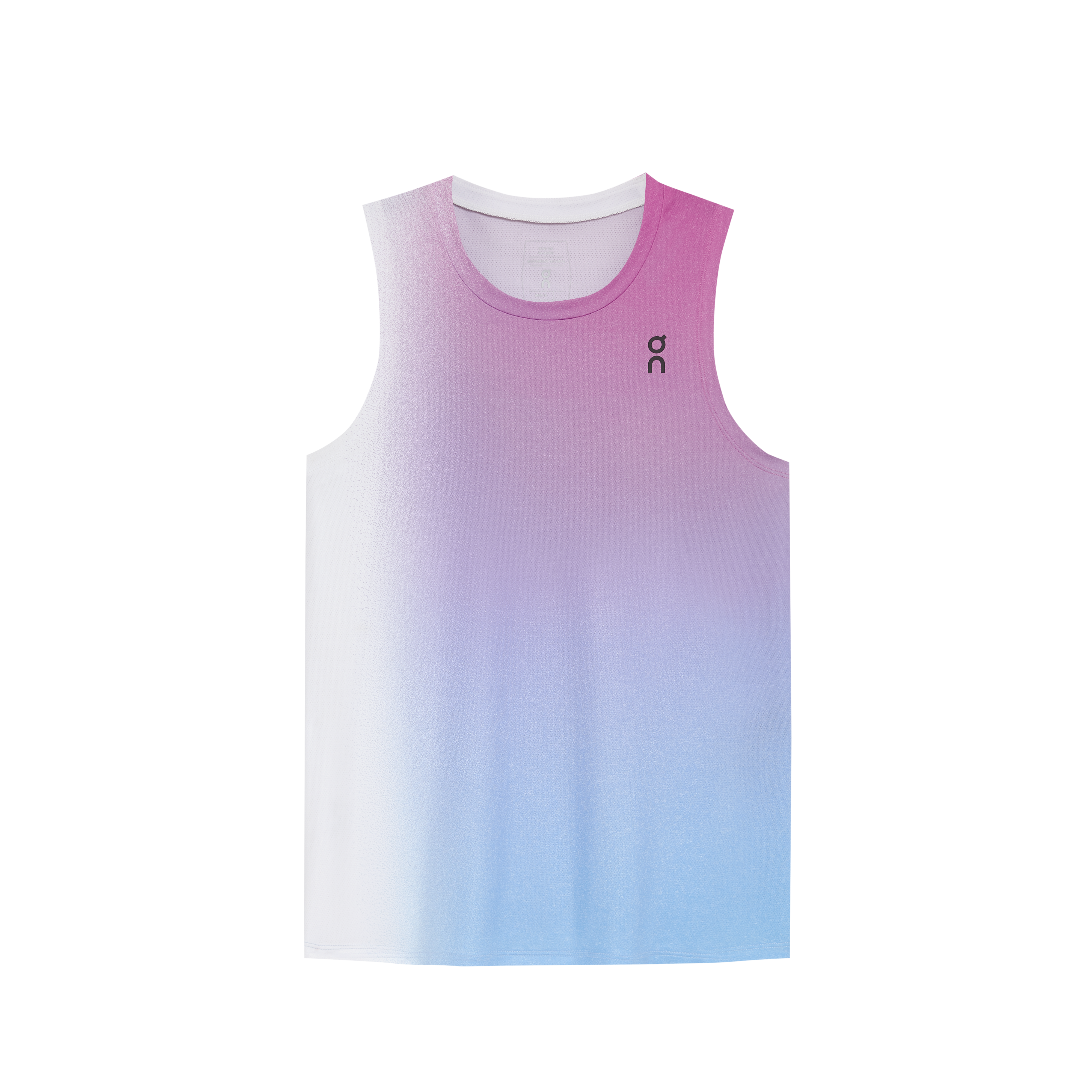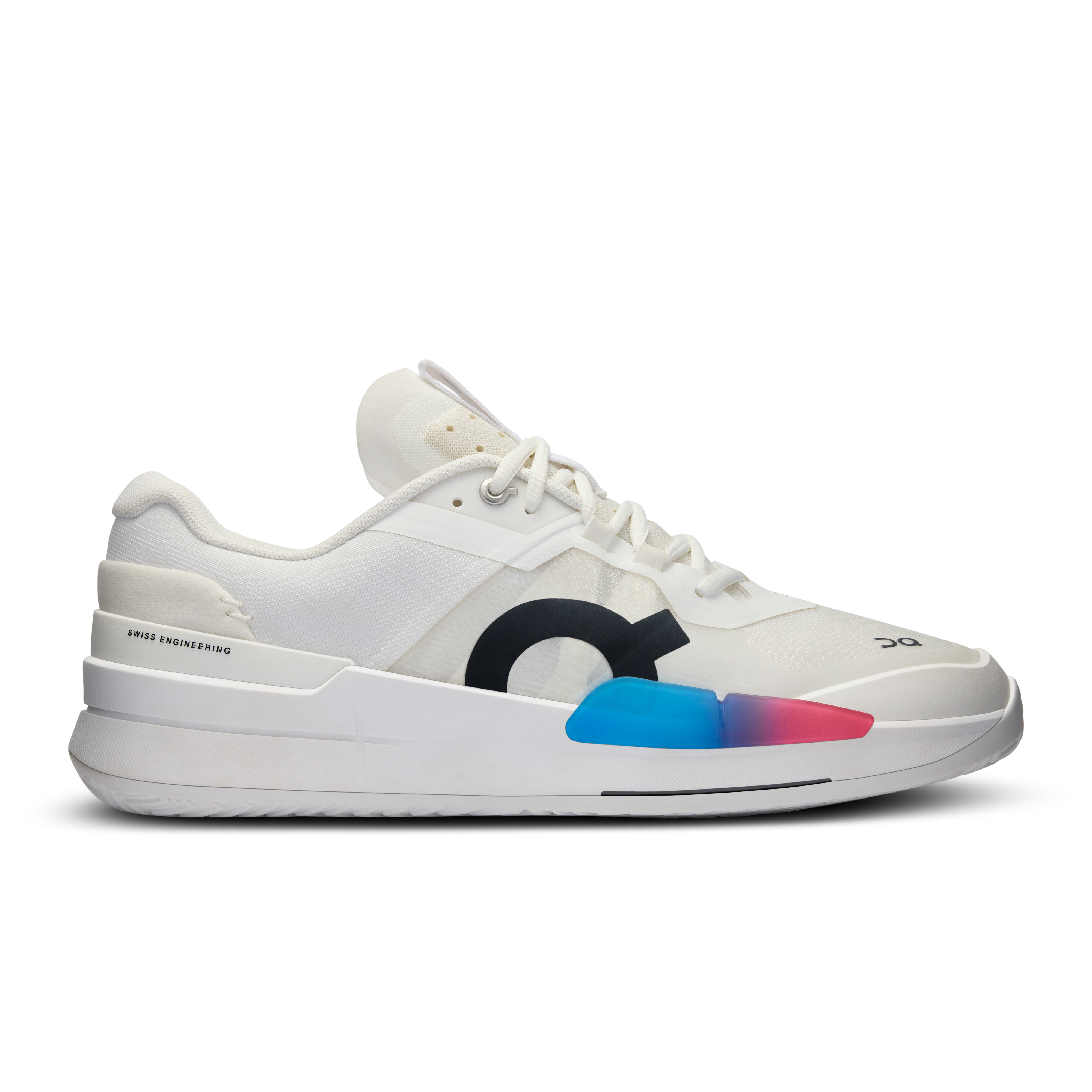Types of tennis courts: Adapt your play for different surfaces
Tennis great Roger Federer once said of his athletic contemporary, Rafael Nadal, that playing on clay was like stepping into Nadal’s backyard.
Federer, famously dominant on the lush green lawns of Wimbledon, played his pinnacle performance – and holds an all-time record of eight Wimbledon titles – on grass. His love for the surface is no secret.
Elite athlete or amateur, the tennis court surface you favor, tends to be as idiosyncratic the game itself. It changes how fast the ball moves, how high it bounces, and how you move around the court. By understanding the characteristics of different types of tennis courts, you can adapt your play style and tennis gear to gain a competitive edge.
Hard courts


If you're on a hard court, you can expect two things: consistency and high bounces. While the former is helpful, the latter can make things interesting, especially when returning serve. Expect the play to be fast – and fun.
There are several variations of hard tennis courts, with the most common types being:
- Asphalt courts give a slightly cushioned feel underfoot. They're not expensive to build, but without proper maintenance, can become uneven or cracked over time. Check the quality of the court first to avoid injuries.
- Concrete courts are more durable but that makes them more expensive to produce. They’re also harder on your joints since they have less give than asphalt.
- Synthetic hard courts are usually acrylic or polyurethane surfaces laid over an asphalt or concrete base. They’ve gained popularity because each court can be customized with different playing characteristics, like ball speed and comfort.
Hard courts are less affected by weather conditions than clay or grass courts, although you still may encounter high heat. “They absorb and retain heat more, leading to very high surface temperatures,” says Dennis Weiß, On’s Tennis Apparel Product Manager. To avoid overheating, he recommends wearing clothes that are moisture wicking and breathable.
Clay courts


Clay tennis courts are known for their slower pace and high bounce, making them distinct from other tennis court surface types like grass and hard courts. If you've ever watched a clay event like the French Open, you'll have seen that the loose surface allows players to slide into shots.
The same clay particles that allow you to slide can end up in your pockets. “It's important to choose a material that allows the dirt to naturally fall out while playing,” notes Weiß. A mesh pocket insert can prevent debris from accumulating and hindering your play.
The clay also absorbs much of the ball’s speed, leading to longer rallies and making it more difficult to hit winners. Players often need to rely on their stamina, precision and strategy, as power alone is less effective on clay.
The material used to make a clay court can significantly influence the pace of the game. For example:
- Red clay, Iga Świątek’s favorite surface, is common in Europe. It’s usually composed of crushed brick and offers a slower pace with a higher bounce.
- Green clay, also called Har-Tru, is made from crushed basalt and is more common in the United States. It’s faster and firmer than red clay but still tends to be slower than hard courts.
These subtle differences in materials impact how the ball moves and bounces – and how players approach their movement and shot-making on the court. “On clay, I go for more topspin to get the ball kicking high,” shares Ben Shelton. That extra spin creates angles and opportunities, a must-have tactic when the surface slows things down.
“On clay, I go for more topspin to get the ball kicking high.”
Whether you're sliding into shots or crafting the perfect rally, clay courts demand adaptability – and a touch of finesse.
Grass courts
When you play on a grass tennis court you can expect a fast, low-bouncing game that favors serve-and-volley players. The slick nature of the grass allows for quick, skidding bounces and unpredictable ball movement. It’s especially true when the ball hits slight imperfections or worn patches in the turf. This keeps players on their toes, demanding quick reflexes and adaptability.
“Grass is a challenger for all players,” says João Fonseca. “It is very different because you need to play aggressive, stay very low, go more for the net, focus more on your service games, etc. But it is very fun.” This mix of challenge and thrill makes grass a favorite for many.
“Grass is a challenger for all players”
The unpredictability adds an exciting element to the game, requiring players to have quick reflexes and adaptability. Wimbledon courts, the oldest tournament played on grass, are cut to exactly 8mm to make play more consistent.
Grass courts bring an additional set of unique features, including:
- The natural turf is susceptible to wear and tear, especially in high-traffic areas like the baseline. This leads to uneven playing conditions as a tournament progresses.
- Weather conditions can impact grass courts since they’re open to the elements. Ever seen a ball girl or boy slipping as they raced to grab a ball at Wimbledon? It's a hazard of the job in wet conditions and heavy rain can suspend play.
- The season for grass court tennis is relatively short. The turf needs time to recover between periods of intense use.
These factors mean grass courts will always be a highlight of the summer season.
Carpet courts
The presence of carpet tennis courts has been on the decline since they were banned from professional tournaments to standardize indoor games and reduce injury risks. You’ll still find them at a lot of recreational facilities since they’re resistant to wear and tear and are relatively easy to maintain. Carpet courts are typically made from synthetic fibers glued or stitched onto a base layer.
Carpet courts can be designed to mimic the playing characteristics of other types of tennis court surfaces, such as clay or grass. However, carpet courts may not provide the same level of traction or bounce as traditional court surfaces.
“Carpet-specific shoes feature smooth, non-marking rubber outsoles designed for play on carpet without rubber granules,” explains Edwin Janes, Tennis Footwear Product Manager at On. “I use my THE ROGER Pro 2 for both hard courts and carpet.”
“I use my THE ROGER Pro 2 for hard court and carpet ”
While their presence is fading, carpet courts remain a versatile option for tennis enthusiasts seeking a reliable surface year-round.
Types of tennis court dimensions and markings
When you look at a tennis court you’ll notice parallel lines that run the length of the court. That’s because singles and doubles play have different dimensions. While both courts are 78 feet (23.77 meters) long, the singles court is slightly slimmer in width:
Singles court width: 27 feet (8.23 meters)
Doubles court width: 36 feet (10.97 meters)
Common markings for both include:
- Baseline: The end lines of the court
- Center mark: A small mark on the baseline indicating the middle of the court
- Service lines: Lines parallel to the net, 21 feet (6.4 meters) from each side of the net
- Center service line: Divides the service court in half, running from one service line to the other
The area between the net and the service line is called the service box, divided into right and left service courts. You’ll only use the alleys – the area between singles and doubles sidelines – in doubles play.
It doesn’t matter if it’s a pro match or recreation, everyone wants consistency. Standardizing these dimensions and markings makes it so you can play the same game anywhere in the world.
When you know how different courts can change your game, you can work these insights to your advantage. A big part of adapting to different surfaces is having the right gear. For instance, consider specialized footwear like THE ROGER Pro 2 Clay when playing on clay courts.
Frequently asked questions
Find out even more how different tennis court types can impact your game.
What is the slowest tennis court surface?
Clay is generally considered the slowest tennis court surface. The textured clay slows down the ball and generates a higher bounce, making it more challenging for players who rely on speed. This is why baseliners (people who play from the back of the court) and players who use a lot of spin often favor clay courts.
What is the fastest tennis court surface?
Grass is typically considered the fastest tennis court surface. The low friction of grass allows the ball to slide across the surface, making it easier for players to hit powerful groundstrokes and serves. This is why serve-and-volley players – like Roger Federer – and those who prefer a quick pace of play prefer grass courts.
What is the hardest tennis court type to play on?
Players often consider clay as the hardest tennis court type to play on, especially when they’re not accustomed to the slow pace and high bounce. The textured surface can also make it difficult to control the ball, and the longer rallies can be physically demanding.
What court surface do most tennis players prefer?
Hard courts are the world's most widely used tennis court surface, and many players prefer them because they’re consistent and versatile. Hard courts are also less affected by weather conditions than grass and clay courts. Your preference will vary depending on your playing style, strengths or weaknesses.





















